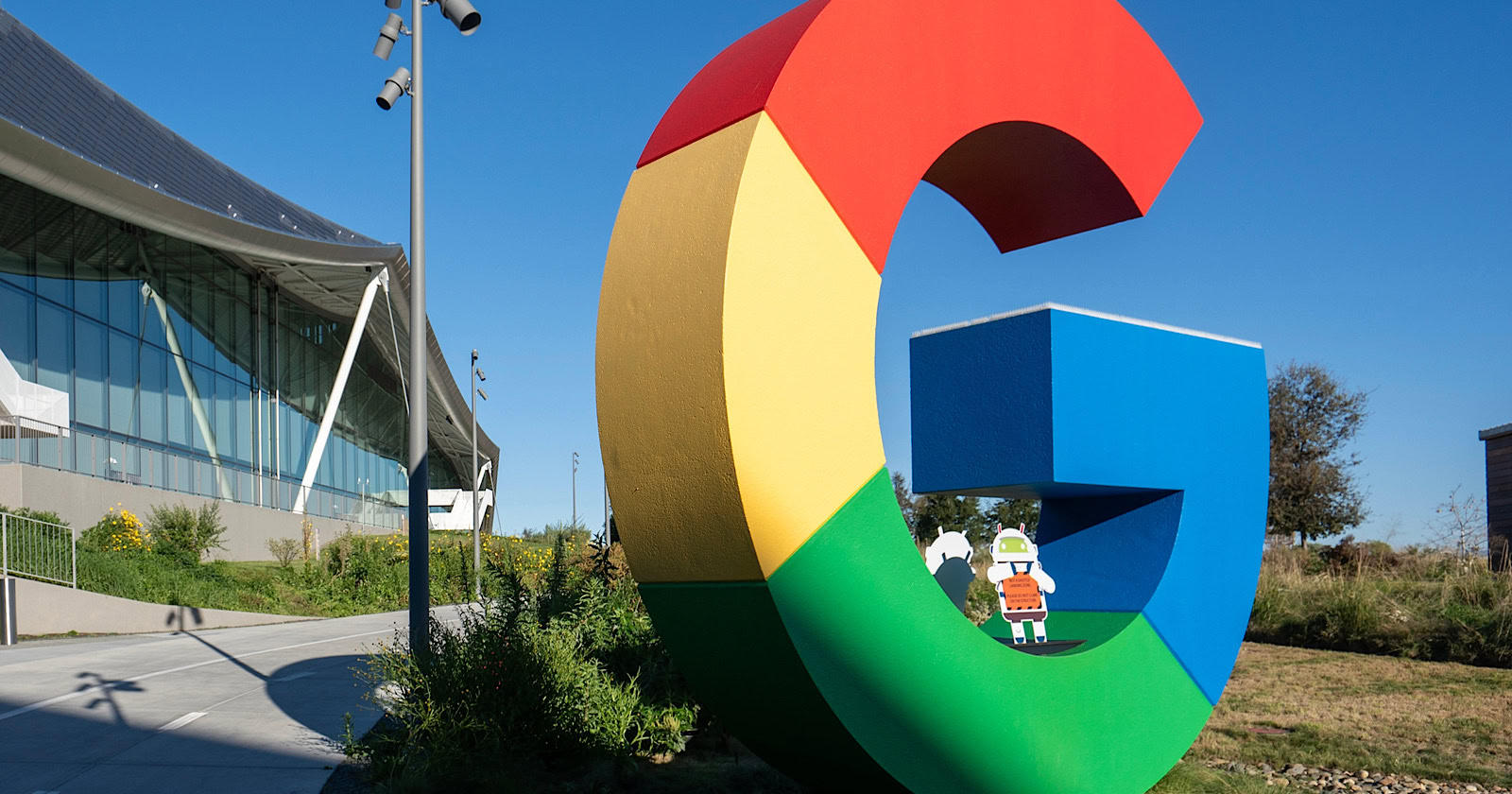In a recent update to its Search Central documentation, Google has officially relegated the ‘noarchive’ rule to a historical reference section.
The new text in Google’s help document reads:
“The noarchive rule is no longer used by Google Search to control whether a cached link is shown in search results, as the cached link feature no longer exists.”
This move follows Google’s earlier decision to remove the cache: search operator, which was reported last week.
Implications For Websites
While Google says websites don’t need to remove the meta tag, it noted that “other search engines and services may be using it.”
The ‘noarchive‘ tag has been a staple of SEO practices for years, allowing websites to prevent search engines from storing cached versions of their pages.
Its relegation to a historical reference highlights the dynamic nature of Google Search.
The Gradual Phasing Out of Cached Pages
This documentation update aligns with Google’s gradual phasing out of the cached page feature.
Last week, Google removed the documentation for the cache: search operator, which had allowed users to view Google’s stored version of a webpage.
At the time, Google’s Search Liaison explained on social media that the cache feature was originally intended to help users access pages when loading was unreliable.
With improvements in web technology, Google deemed the feature no longer necessary.
As an alternative, Google has begun incorporating links to the Internet Archive’s Wayback Machine in its “About this page” feature, providing searchers with a way to view historical versions of webpages.
Controlling Archiving In The Wayback Machine
The ‘noarchive’ tag doesn’t affect the Internet Archive’s Wayback Machine.
The Wayback Machine, which Google now links to in search results pages, has its own rules for archiving and exclusion.
To prevent pages from being archived by the Wayback Machine, you have several options:
- Robots.txt: Adding specific directives to the robots.txt file can prevent the Wayback Machine from crawling and archiving pages. For example:
- User-agent: ia_archiver
Disallow: /
- User-agent: ia_archiver
- Direct Request: Website owners can contact the Internet Archive to request removal of specific pages or domains from the Wayback Machine.
- Password Protection: Placing content behind a login wall effectively prevents it from being archived.
Note that these methods are specific to the Wayback Machine and differ from Google’s now-deprecated ‘noarchive’ tag.
Conclusion
As search technology advances, it’s common to see legacy features retired in favor of new solutions.
It’s time to update those best practice guides to note Google’s deprecation of noarchive.
Featured Image: Tada Images/Shutterstock
